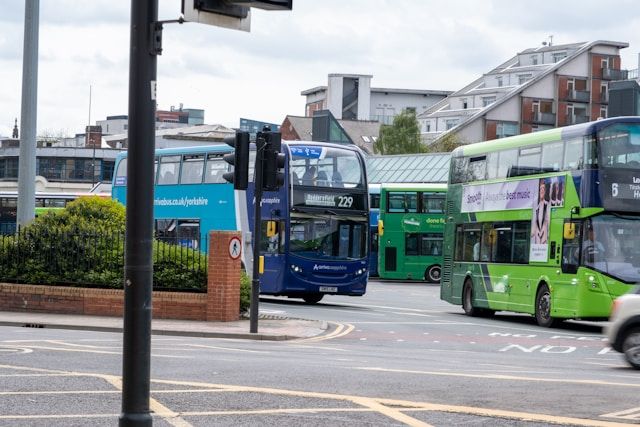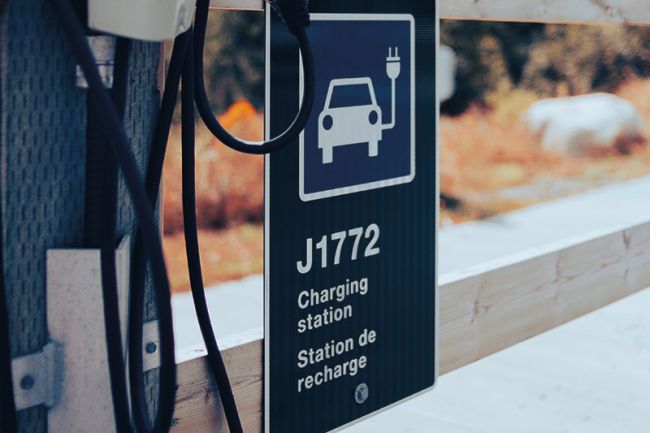Not all that glitters is gold
While the benefits of EVs are considerable, their uptake should be encouraged in a balanced way.
Currently, EVs account for around 0.2% of vehicles on UK roads, but their use is set to grow to around 1.6 million vehicles or 5% of licensed vehicles by 2020. This is motivated by the fact that buying them is promoted through a favourable vehicle tax regime and government grants and planners are promoting the installation of infrastructure to support EVs in city centres. In response to the need to reduce carbon emission from transport, since 2001 the UK government has set vehicle tax rates based on CO2 emissions. This has been a contributory factor in the uptake of diesel cars, which generally emit less CO2 than petrol equivalents. However, recently the negative effects of diesel engines have come to the fore as the evidence base on the effects of exposure to particulate matter and nitrogen oxides grows. For new car registrations from 2017 onwards, only EVs will qualify for the £0 rate of tax. Low or non-CO2 models continue to be eligible for a 100% discount on the London congestion charge.
There are many potential benefits to EVs – from lower overall CO2 emissions and reduced dependence on oil to improved local air quality in towns and cities. Although at present only around 25% of UK electricity comes from renewable sources - the remainder comes from gas (30%), coal (23%) and nuclear (21%) - total per-km CO2 emissions for EVs are still estimated to be lower than the total for petrol or diesel, once the emissions associated with the production and shipping of oil are included.
While the benefits of EVs are considerable, their uptake should be encouraged in a balanced way, learning the lessons from the huge growth in the number of diesel cars and the unforeseen consequences for local air quality. Considerations for EVs include:
- Heavy vehicles: electric cars weigh around 30% more than their oil-based equivalents. More weight means more wear and tear on infrastructure, puts greater energy into collisions and inevitably requires energy to be expended transporting the batteries themselves.
- Vehicle miles travelled: research in Norway found that the number of vehicle miles travelled by individuals increased once they owned an EV, potentially in response to feelings of virtue from travelling by a mode of transport with a reputation for being ‘green’. While this trend may be a trait of early adopters it should be considered, especially in the context of other transport and health policies promoting more active lifestyles.
- Purchase price: currently EVs cost substantially more than conventional equivalents and to fully realise the economic benefits they have to be driven a lot.
- Environmental impact: the minerals required for battery production are in good supply and battery recycling reduces demand for new materials. However, the extraction of new minerals particularly during the high growth phase of EVs will still have an impact, arising for example from the environmental damage and energy use associated with mining activity.
This is not a defence of conventional petrol or diesel. Switching to EVs especially for commercial and passenger transport has the potential to transform local air quality in towns and cities and as more energy is produced from renewable sources total emissions will decrease. As vehicle technologies improve retail prices should fall and characteristics such as range should increase making EVs accessible and viable for more users.
The implications of the widespread adoption of EVs should be considered carefully and, particularly in local transport policy and planning, a focus should be retained on encouraging walking and cycling in towns and cities and for short journeys.
Journeys by bicycle or on foot have negligible impacts on traffic congestion and air quality and bring benefits associated with physical activity. We need to think how our towns and cities could, and should, evolve over the next 10 years. With the hindsight of diesel, we should ask whether favouring one type of fuel is really the best approach – there is a risk we just shift the negative externalities. Are any other measures that facilitate car use irrespective of fuel type, especially within cities, worth pursuing?






















